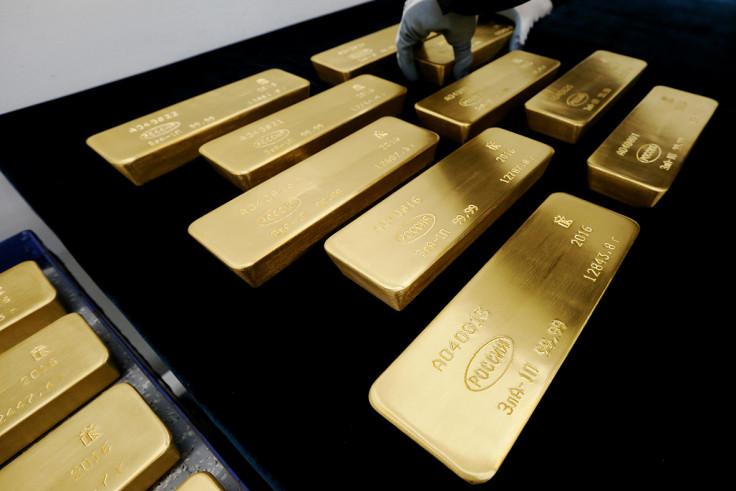Commodities round-up: Gold recovers from 10-month low ahead of Fed rate decision
Oil futures slid but precious metals recovered led higher by gold, ahead of US Fed's rate-setting meeting.

Gold futures recovered on Wednesday (14 December) having slipped to a 10-month low of $1,159 an ounce overnight, ahead of a decision on US interest rates by the Federal Reserve.
With the chances of a rate hike all but certain in the eyes of many analysts, trading in the yellow metal has been pretty cagey in recent days. However, Comex gold futures rallied to $1,163.60 an ounce at 6:02pm BST, up 0.40% or $4.60, with Comex silver futures in tow at $17.20 an ounce, up 1.31% or 70 cents.
FXTM research analyst Lukman Otunuga said fortified expectations of the Fed raising US rates have kept the Dollar Index buoyed.
"Dollar bulls remain in firm control as the mixture of repeatedly positive domestic data, hawkish comments from Fed officials and an overall improving confidence towards the US economy entices bullish investors to install heavy rounds of buying."
Although a rate hike has already been priced in, the actual interest rate hike could trigger further gains in the dollar, which constitutes bad news for gold, with many in the City bearish about the yellow metal's prospects.
Elsewhere, in the precious metals market, spot platinum also rose 0.46% or $4.32 to $939.77 an ounce. Away from precious metals, oil futures slid on profit-taking as traders opted to book returns despite the US Energy Information Administration (EIA) noting that the country's crude inventories fell by 2.6m barrels in the last week, compared with analyst expectations for a decrease of 1.7m.
At 6:12pm BST, the Brent front month futures contract was down 1.87% or $1.04 to $54.68 per barrel, while the West Texas Intermediate was 2.27% or $1.20 lower at $51.78 per barrel, as some in the market deemed the country's headline inventory drop did not accurately reflect supply/demand fundamentals of the American energy complex.
Most of the declines came from the West Coast, and not the country's hub of Cushing, Oklahoma where inventories actually rose by 1.22m barrels.
Fawad Razaqzada, market analyst at Forex.com said: "Furthermore, the EIA also reported a 1.1% week-over-week rise in US oil production. However, I think it is far too early for the markets to worry about that. The immediate worry is whether the Opec and those non-Opec countries who agreed to cut their oil production will actually stick to the plan.
"It will be very costly for them to be short-sighted and cheat. Consequently, I don't think the Opec-fuelled rally has ended yet. In fact, I think this could just be the start as we have only just moved out the recent consolidation range."
Over the weekend, selected non-Opec producers, excluding US, Canada and Brazil, but including heavyweight Russia announced 558,000 barrels per day (bpd) in production cuts, after talks with Opec members in Vienna.
The move follows Opec's decision to unveil its first real-terms output cut in eight years, of 1.2m bpd to 32.5m bpd, after the conclusion of its ministers' meeting in Vienna, Austria on 30 November.
© Copyright IBTimes 2025. All rights reserved.






















